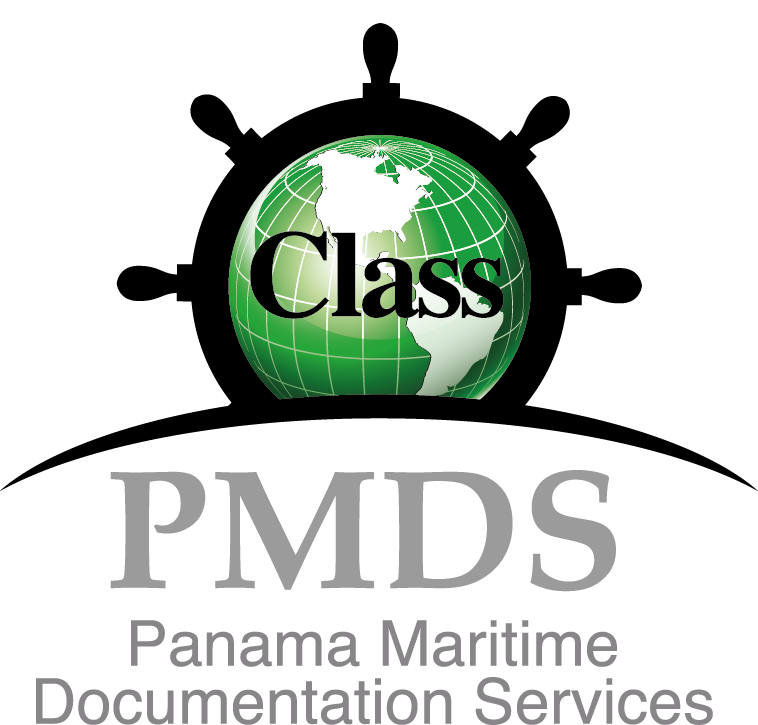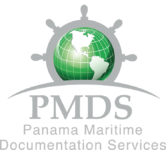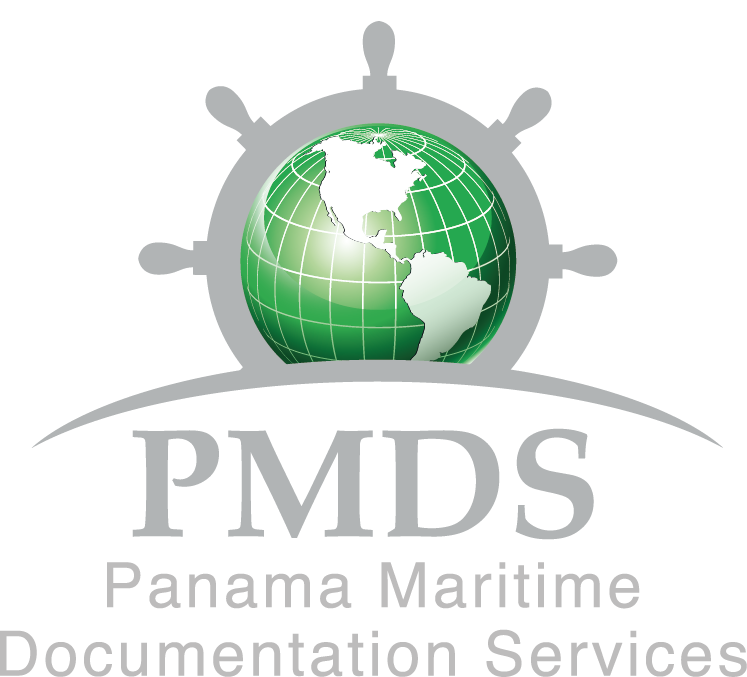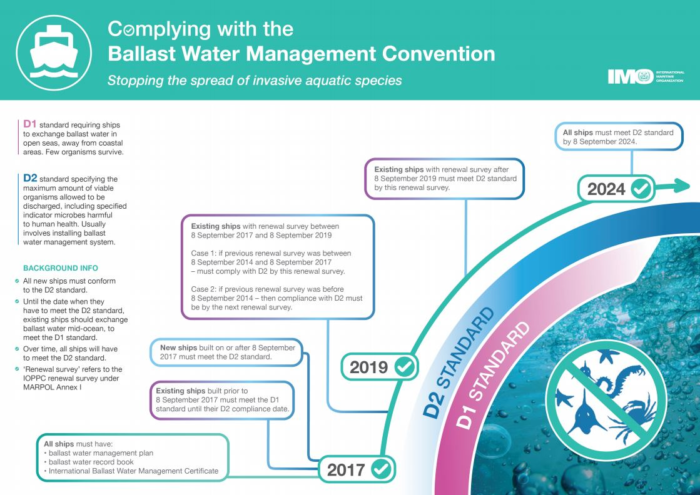
For 2024, all vessels subject to the Ballast Water Management Convention must have an approved ballast water treatment system installed onboard.
Is your ship ready for tighter regulations?
Good management of ballast water is critical to prevent the spread of invasive aquatic species (see fact box below). To that end, the Ballast Water Management (BWM) Convention was adopted and eventually came into force in 2017. With it, came two primary regulations, both intended to improve ballast water management:
The D-1 regulation covers ballast water exchange, that is flushing ballast water tanks in open seas;
The D-2 regulation covers ballast water treatment, that is the removal and destruction of biological organisms from the ballast water before it is discharged.
From 8 September 2024, all vessels subject to the BWM Convention (all ships over 400 GT, with some exceptions and additions) must meet the performance standards contained in regulation D-2, meaning that vessels without a ballast water treatment system must install an approved system before the deadline.
What do ship operators need to do?
Ship operators that have not made their decision on the installation of ballast water treatment systems are advised to start the preparatory work as soon as possible.
The 8 September 2024 deadline is nearing and there are multiple decisions that should be made in order to ensure compliance.
Below are some key elements of the preparatory work.
- Ensure that the obligations under the BWM Convention, and under other national and local regulations, are fully understood, and develop a thorough strategy for complying with the applicable standards.
- Pay particular attention to the position in the United States (US). The US is not a party to the BWM Convention. Vessels discharging ballast water into US territorial waters must comply with the US BWM Regulation regardless of a vessel’s status under the IMO BWM Convention. The US maintains a separate list of ballast water treatment systems approved by the US Coast Guard.
- Evaluate the suitability of available ballast water treatment system solutions for each vessel based on its operating profile and design (see below for more information on the different treatment options).
- Consider the “time factor”. Availability and delivery times for approved treatment systems will vary depending on demand, as will shipyard capacity.
- Once a ballast water treatment system solution has been selected, make sure officers and crew are properly trained and are competent to carry out their assigned ballast water management duties and functions. Procedures for training and familiarization for the BWM Convention should be incorporated in the company’s safety management system (SMS) and should include, but not be limited to, the following:
- introduction to ballast water management and all relevant rules and regulations;
- familiarization with the vessel’s ballast water management plan and assigned duties;
- operation and maintenance of the vessel’s ballast water management treatment system;
- emergency procedures; and
- making entries and recordkeeping in the vessel’s ballast water record book.
- Ensure every vessel has onboard an approved Ballast Water Management Plan, a Ballast Water Record Book, and an International Ballast Water Management Certificate.
- Prepare for Port State Control (PSC) inspections. In addition to verification of valid and approved onboard procedures, records and certificates, sampling of the vessel’s ballast water may be required carried out in accordance with the IMO Guidelines for ballast water sampling (G2). Compliance with national and local regulations will also be subject to inspection by PSC.
- The vessel’s Class Society can advise on the IMO-approved systems most suitable for the vessel type and trading area. Advise the classification society if the vessel is likely to trade to the US to ensure the system also meets US Coast Guard approval.
Elements of a Ballast Water Management Plan
A Ballast Water Management Plan (BWMP) is a shipboard document that details the procedure for the discharge of ballast water and the handling of sediment. This plan must be specific to the vessel and her equipment and approved for each vessel by the Flag Administration and/or Class Society. At the time of writing, the plan may include procedures for either or both D-1 and D-2. However, after 8 September 2024, procedures must reflect the D-2 requirements.
Ballast Water Management and Treatment Systems
Ballast Water Management Systems treat ballast water to remove or inactivate waterborne organisms, bacteria, and sediments. Generally, BWM systems treat the ballast water as it flows into the ship from the sea. Regulation D-3 of the BWM Convention requires that ballast water management systems must be ‘type-approved.’ In order to be type-approved by an Administration, ballast water management systems need to be tested in a land-based facility and onboard ships to prove that they meet the performance standard contained in regulation D-2 of the BWM Convention. While the date by which individual vessels must have a ballast water treatment system installed depends on its IOPP renewal date, the IMO Implementation Schedule for BWMS’s also ensures full global implementation by 8 September 2024.
A number of ballast water treatment systems are available on the open market. Generally, most type-approved systems fall into one of the following four categories: Filter & UV systems, Filter & Electrolysis systems, Ozone systems, and Chemical Injection systems. The vessel’s Class Society will be able to advise on which system is suitable for your vessel and type of trade.
Source: Gard/IMO
For additional information contact us : corporate@panamamaritime.com

 (507) 6780-7942
(507) 6780-7942
